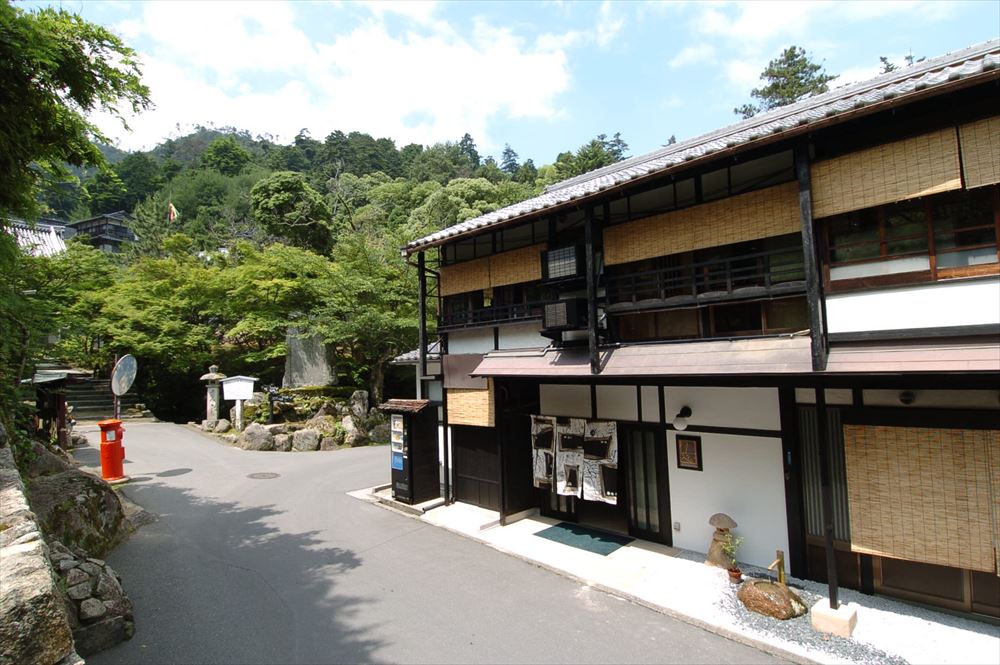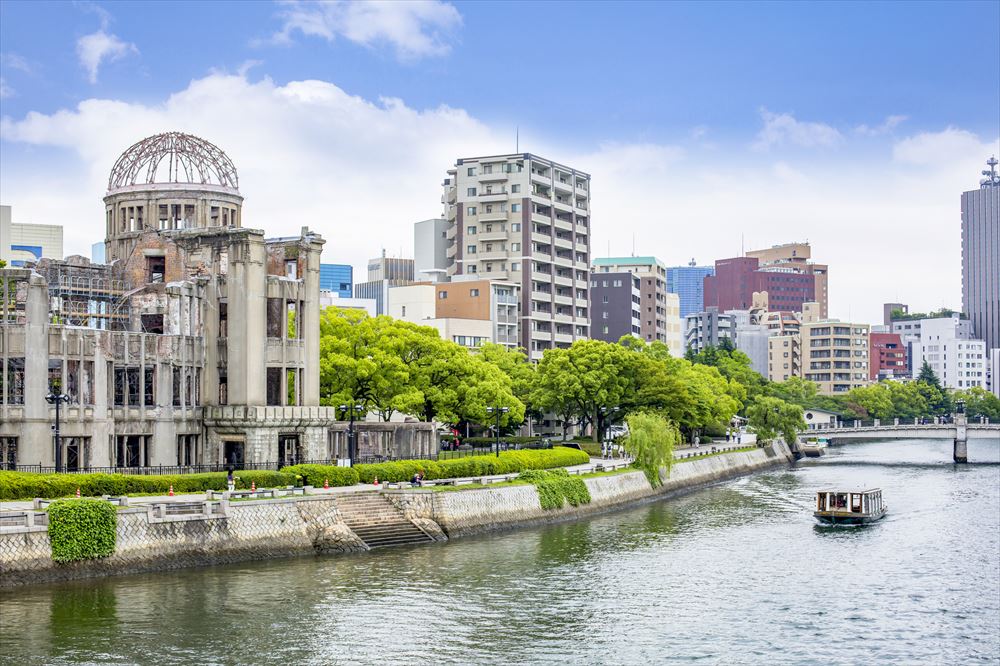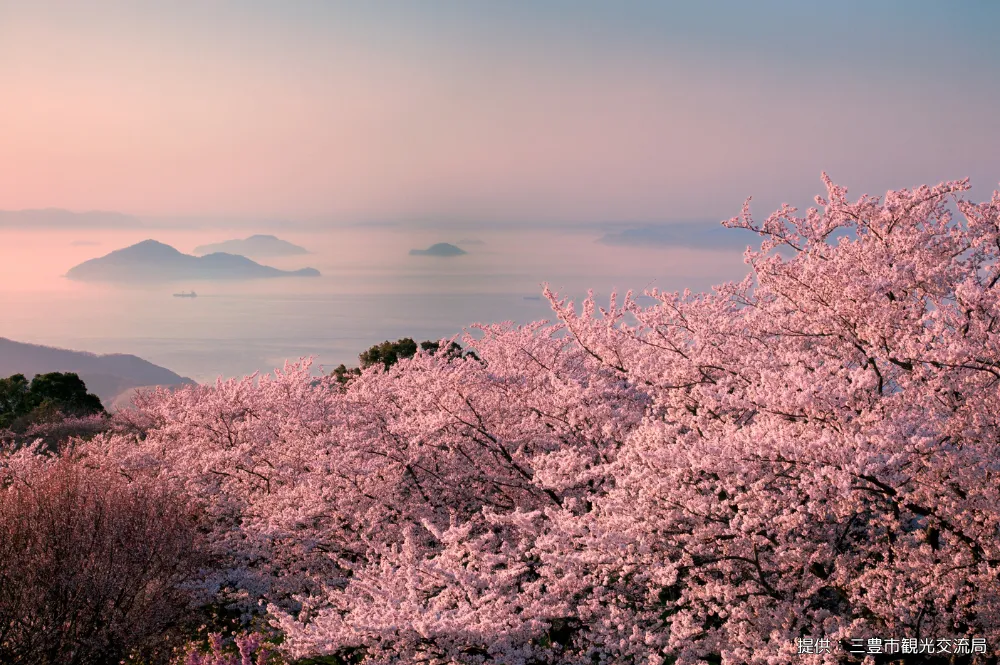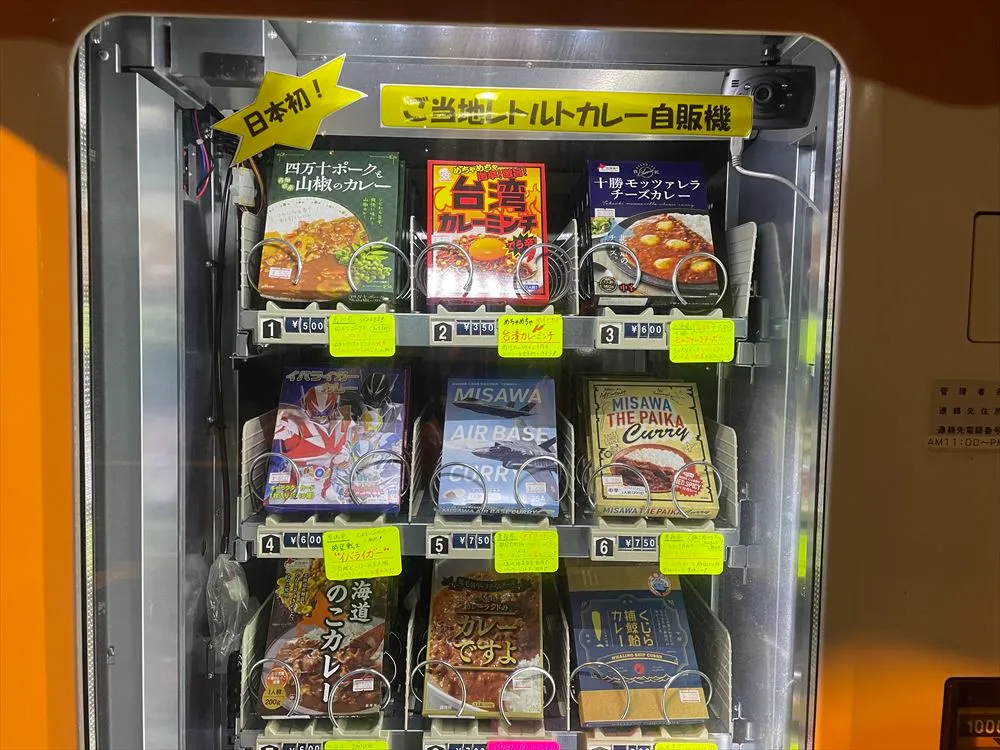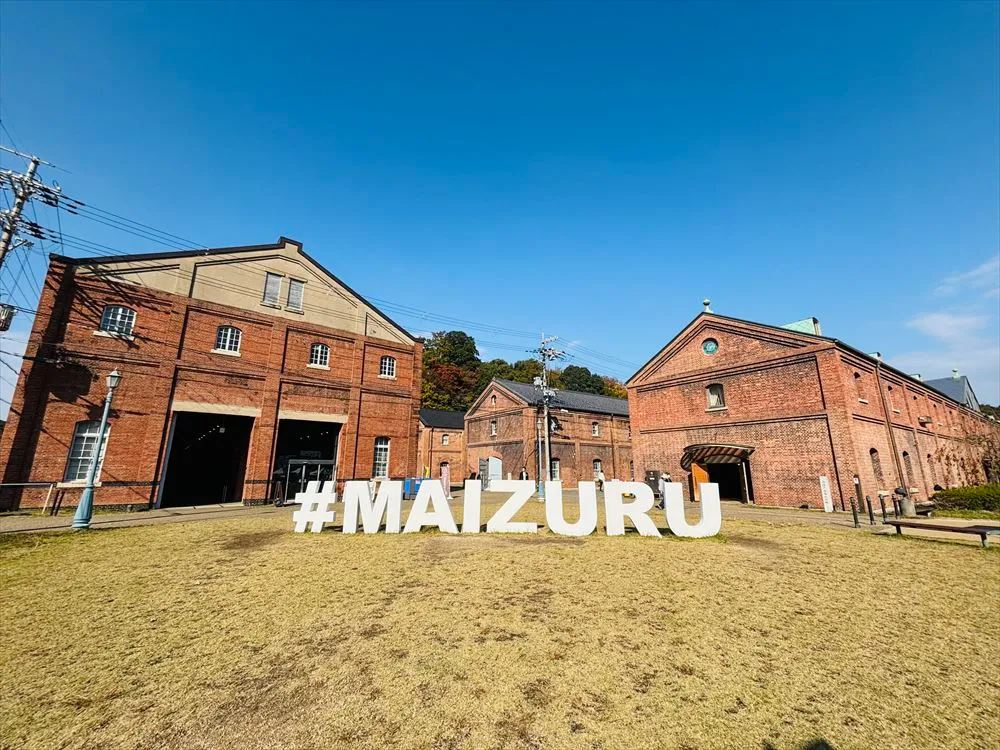
HIROSHIMA / MIYAJIMA (ATT.JAPAN ISSUE 18)
Visiting two world Cultural Heritage sites: Itsukushima Shrine and A-bomb Dome in Hiroshima city.
Which city in Japan is the most famous for people all over the world? Besides Tokyo, Hiroshima is. Some Japanese people are surprised to hear that Hiroshima is so famous. Its fame is bigger than they think. Hiroshima has something that attracts people from all over the world.
Obviously, Hiroshima is one of the rare cities damaged by the atomic bomb. The other, Nagasaki. Hiroshima A-bomb Dome, located in the center of the city, is inscribed on the World Cultural Heritage list, as a so-called negative legacy.
However, that is not the only reason Hiroshima attracts people worldwide. Hiroshima prefecture has other World Cultural Heritage sites: Itsukushima Shrine and Miyajima. Seeing these two heritage sites is well worth visiting Hiroshima.
Hiroshima is a central city in western Japan. It has been an important place to both land and sea transportation since days of old. There are many sight-seeing spots including shrines, temples, castle ruins, and historical buildings. Among the older things – Ancient burial mounds; and the ruling Heike clan in the Heian era, followed later by the Mori clan are among the older things in Hiroshima. Hiroshima was the setting, where many important historical events played out. Modern Hiroshima has been an important strategic point for naval operations and has come to be the base for heavy industries in Western Japan.
At the same time, Hiroshima is an attractive, fertile green land surrounded by mountains and rivers. Seto Inland Sea and its islands are also enchanting.
You can access Hiroshima by plane, and Shinkansen bullet train. There are regular flights to and from Seoul (Korea), Dalian, Beijing and Shanghai (China); and regular flights to Taipei (Taiwan) started in June, 2004.
HIROSHIMA / MIYAJIMA (ATT.JAPAN ISSUE 18)
Miyajima
After arriving at Hiroshima Station, we dropped off our luggage and headed for Miyajima, via Miyajima-guchi, accessible by either JR or Hiroden lines. From there we took a ferry that brought us to Miyajima.
After a ten minute walk from the ferry landing, stands the red Otorii (Grand Gate), that looks like it’s floating on the sea. Sixteen meters high, this shrine gate is made of ten-meter thick beams of Japanese wild cinnamon or camphor. When you visit at high tide, the bases beneath the Otorii are totally underwater and out of sight, making it look as if it’s floating on the water. You can walk close to the Otorii at low tide. Both high and low tides are equally interesting, but the first time visitor should by no means miss the high tide version. Check the tide schedule before visiting.
Itsukushima Shrine
After paying a fee at the enterance, we entered the shrine. The whole shrine seems to float on the water, as if it were build on the sea itself. Its long cloisters are also attractive. Its wooden corridors with red standing pillars seem to endlessly continue far out to sea. You will want to see this scenery forever.
In front of the Honden (Main Sanctuary) people pray and there are stages, where Bugaku ceremonies are held. The stages shooting out to sea, and the shrine surrounded by the magnificent nature scenery make you feel a sense of eternity.
High tide reaches its peak in the autumn, and they hold a tea ceremony here. During some of these ceremonies, the tide gets higher than anticipated, and the tea masters sometimes ”t able to descend from the stage. This explains the openings in the floor. They serve as a drain when the tide exceeds the level of the floor.
You can enjoy Miyajima in every season. Events such as Kangensai (Orchestral Music Festival) and the fireworks display are held in summer. Winter at Miyajima is also interesting. The snow-covered Otorii standing in front of the snowy landscape and shore lures many a photographer.
The majestic Itsukushima Shrine sanctuary, seen today, was designed by Taira no Kiyomori, a powerful figure in the twelfth century. The architectural layout of these buildings displays the Heian period (794-1191) shinden-zukuri style. Its unique location, standing on the sea, framed by the mountain, makes this shrine so outstanding. It is one reason that Itsukushima Shrine was inscribed on UNESCO’s World Heritage list.
Although Itsukushima Shrine was made by the hands of man, it has long since integrated with, to become one with, the nature at Miyajima – thus straying away from the realm of man. The shrine roof (atop Honden) suffered typhoon damage and was being repaired when we made our visit. We were told there are always repairs being made somewhere on the building. Considering its eight-hundred year history – the weathering it must have been subject to – it’s existence itself is a miracle.

Walking in Miyajima
Since ancient times, Miyajima has been regarded as a divine island. You can see deer everywhere on Miyajima. Deer are said to be divine messengers. The nature on Miyajima has been well preserved, despite its location in the Seto Inland Sea, which has been developed since early times.
Heading up the mountain from Itsukushima Shrine will lead you to Daisho-in Temple. This temple, the center of faith for Mt. Misen, stands surrounded by mountain greenery. It is the highest mountain on Miyajima Island, rising 530 meters above sea level. Like the island itself, it has always been a divine mountain. Luckily, there has never been any forestry to speak of in Miyajima, so the primeval forests remain covering Mt. Misen. Enjoy a panoramic view of the Seto Inland Sea from its summit.
Momijidani Park and its ancient forests are located at the foot of Mt. Misen. The scenery of autumn leaves is enchanting, while the fresh green of spring casts a special magic all its own. Try taking the hiking course to the top.
Major Festivals on Miyajima
A religious tradition is still being passed down on this revered and worshiped island, where the gods have resided since time immemorial. Bugaku, or the unique and ancient musical court dance, is a traditional art that was passed down by Taira-no Kiyomori.
Jin-Noh, or sacred Noh play, is another theater art which is performed on the Noh stage that sticks out over the sea.
The Kangensai, or Orchestral Music Festival is a gorgeous show which unfolds atop the surface of the sea and is the largest ceremony at Itsukushima Shrine. Colorfully decorated boats carrying orchestras aboard cruise along the coast. It started after Taira-no Kiyomori introduced Kangen-no Asobi, or an orchestra festival, which was very popular in Kyoto at that time.
Every year in August, a fireworks display held from the waters on the sea in front of Itsukushima Shrine is the largest such display in Western Japan.
Hiroshima the City
Six rivers flow through this city, which is often called Water City. In 1591, Mouri Terumoto built his castle on the delta of Ota River, It was then that this area first came to be known as Hiroshima. Since then, the castle town continued to develop prosperously. Then, in a split second, on August sixth, 1945, the town turned to ruined ashes – Hiroshima, the first city in the world to suffer atomic warfare. After the war, having recovered from a city of ruins, it is an attractive place to visit, – an International City of Peace and Culture.
A-bomb Dome
We now set out for A-bomb Dome, which is also inscribed on the World Cultural Heritage List. It is a building on a piece of land that has been left untouched since the city’s bombing. It lies in the center of the city. Just riding on the trolly that leads through the city center will bring the dome into view.
At 8:15 on the morning of August sixth, 1945, at a point some 150 meters in the sky southeast of present-day A-bomb Dome, the bomb exploded. In the blink of an eye, the city of Hiroshima turned to hell on earth. They predicted Hiroshima would be a barren wasteland for 70 years. Southward of Aioi Bridge, the Hiroshima Prefectural Industrial Promotion Hall (now called A-bomb Dome) stood only half-collapsed from the atomic blow. Some 30 people inside the building were killed. The crumbling exterior wall, stripped to its bare iron frame, remains to this day, in the same tragic state. All people from every nation around the world come to visit this reminder of the terrible devastation of the atomic bomb. They come to see the image of this starting point for world peace.
Peace Memorial Park
All kinds of data on the bomb that shook Hiroshima is kept at Hiroshima Peace Memorial Museum. The temperature at the point of detonation reached over ten million degrees centigrade. The blast wave resulting from that nuclear radiation and heat killed a total of some 140,000 by December of the same year. There is a stone that has a human-shaped shadow into which an unfortunate soul melted from the heat rays, and Keloidal specimens. The Hiroshima bomb, or Little Boy, is also displayed.
The sheer cruelty of it all is hard to put into words, I felt engulfed in deep sadness.
We stepped outside the center to take a walk at Peace Memorial Park. The park is bright and spacious. The park atmosphere makes the horrors from history surreal and hard to believe. There is Cenotaph for the A-bomb victims. People join hands to decorate the front of the cenotaph with flowers. Wherever you go, the park is full of the world’s people, who listen to the explanations of their guides with an ear of sincerity. I felt that I too was slipping into a feeling of devotion. I was caught in the mood. There are other monuments in the park. Hiroshima Memorial Ceremony is held on August sixth every year.
The Trolley
A real treat while walking Hiroshima is the trolley.
A collection of cars roll along the streets and bring you back to the day when they were still active in cities such as Kyoto, Osaka, and Kobe. Also on the move is a German low-floor vehicle, endearingly named “Green Mover,” as well as other cars once used overseas – it’s as if the town is a living train museum or something. These trolleys make going to important sightseeing spots a snap, and gave us the perfect chance to peek out the windows at the city passing by.
Hiroshima Castle
Hiroshima Castle is on the list of Japan’s most famous castles, among others as Himeji Castle and Osaka Castle. A feudal warlord, Mori Terumoto built it during Japan’s civil war (in the Sengoku Era) in 1589. Knowing that a castle situated in the mountains would not be able to use ocean transit to connect up with Osaka, Kyoto, and Korea, he chose this location to build it.
It was completely obliterated in the atomic bombing, but in 1958 the castle tower was rebuilt. Inside this is a resource center. The surrounding area is Joshi Park that shows off its beauty during cherry and maple seasons.
Gourmet
Those who come to Hiroshima are beckoned to try the okonomiyaki (a mixture of vegetable meat and flavoring combinations in batter, fried on a griddle like hotcakes). When it comes to okonomiyaki, Hiroshima is Osaka’s evil twin! The magic of Hiroshiman okonomiyaki: the vegetables are not mixed up in the batter. Veggies like cabbage and bean sprouts are stacked on what at first seems to resemble a crepe spread out on the grill. An additional regional favorite is to top the okonomiyaki with frried soba noodles. In Hiroshima, there are more okonomiyaki restaurants than you can poke your chopsticks at (to be more specific, over 2,000!). Each and every restaurant has its own unique flavor. Comparing them all is an endless hobby.
Oysters are also a local delicacy, in season from October to March. There is even a store where you can enjoy oysters year-round, through artificial techniques. The Seto Inland Sea coast also provides delicious anago which is taken around Miyajima. Prime, and tender, this high quality anago, or conger eel, from Miyajima is found year-round in tempura, sashimi, and chawanmushi, or pot steamed hotch-potch. Since the Meiji Era, its been made into ekiben (bentos or traditional boxed lunches offered at ekis or stations throughout the country). Anago mixed with sauce and rice to become ‘anago rice’ – a must try!
